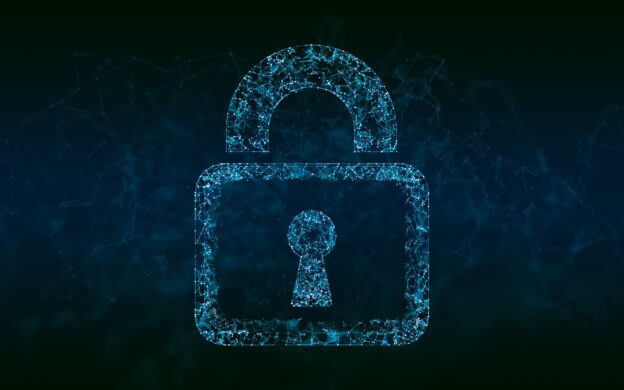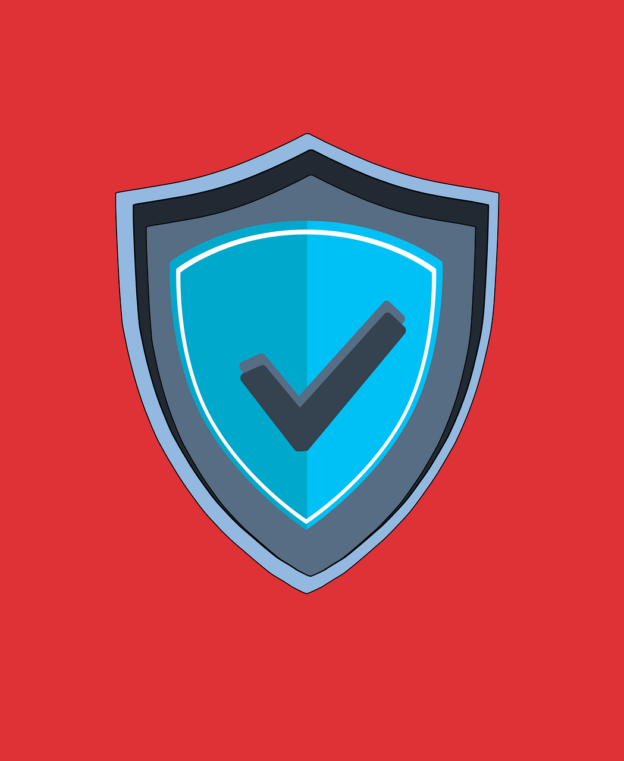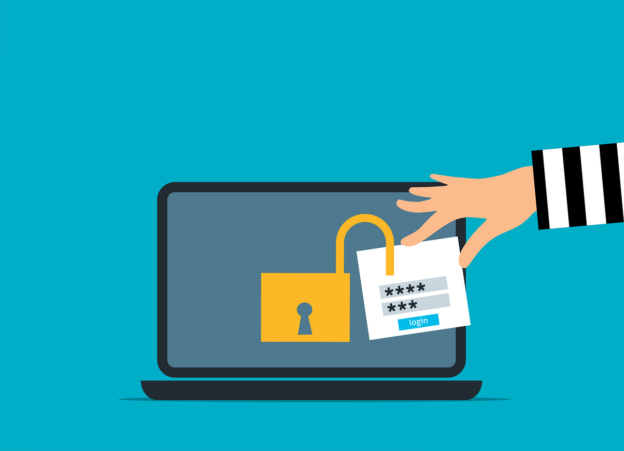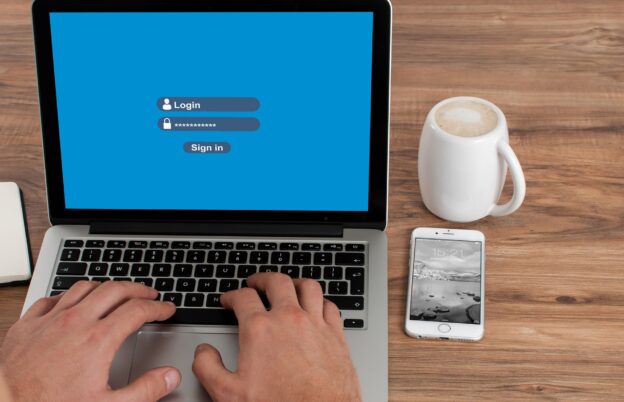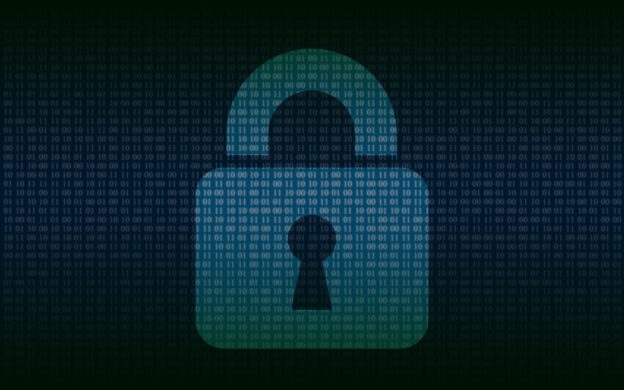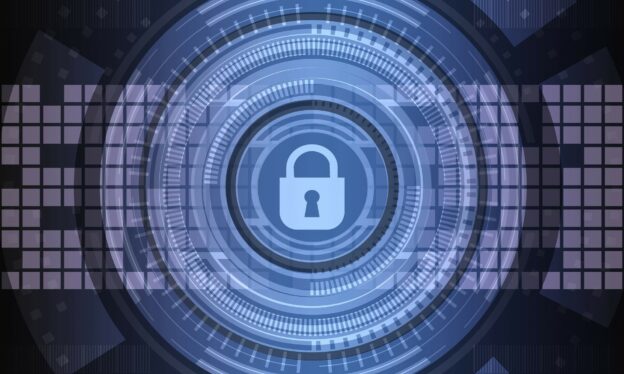As cyber threats continue to increase, businesses must take proactive steps. They need to protect their sensitive data and assets from cybercriminals. Threats to data security are persistent and they come from many different places.
Today’s offices are digitally sophisticated. Just about every activity relies on some type of technology and data sharing. Hackers can breach these systems from several entry points. This includes computers, smartphones, cloud applications, and network infrastructure.
It’s estimated that cybercriminals can penetrate 93% of company networks.
One approach that can help organizations fight these intrusions is threat modeling. Threat modeling is a process used in cybersecurity. It involves identifying potential threats and vulnerabilities to an organization’s assets and systems.
Threat modeling helps businesses prioritize their risk management and mitigation strategies. The goal is to mitigate the risk of falling victim to a costly cyber incident.
Here are the steps businesses can follow to conduct a threat model.
Identify Assets That Need Protection
The first step is to identify assets that are most critical to the business. This includes sensitive data, intellectual property, or financial information. What is it that cybercriminals will be going after?
Don’t forget to include phishing-related assets. Such as company email accounts. Business email compromise is a fast-growing attack. It capitalizes on breached company email logins.
Identify Potential Threats
The next step is to identify potential threats to these assets. Some common threats could be cyber-attacks such as phishing. Others would be ransomware, malware, or social engineering.
Another category of threats could be physical breaches or insider threats. This is where employees or vendors have access to sensitive information.
Remember, threats aren’t always malicious. Human error causes approximately 88% of data breaches. So, ensure you’re aware of mistake-related threats, such as:
- The use of weak passwords
- Unclear cloud use policies
- Lack of employee training
- Poor or non-existent BYOD policies
Assess Likelihood and Impact
Once you’ve identified potential threats, take the next step. This is to assess the likelihood and impact of these threats. Businesses must understand how likely each threat is to occur. As well as the potential impact on their operations, reputation, and financial stability. This will help rank the risk management and mitigation strategies.
Base the threat likelihood on current cybersecurity statistics. As well as a thorough vulnerability assessment. It’s best this assessment is by a trusted 3rd party IT service provider. If you’re doing your assessment with only internal input, you’re bound to miss something.
Prioritize Risk Management Strategies
Prioritize risk management strategies next. Base this on the likelihood and impact of each potential threat. Most businesses can’t tackle everything at once due to time and cost constraints. So, it’s important to rank solutions based on the biggest impact on cybersecurity.
Some common strategies to consider include implementing:
- Access controls
- Firewalls
- Intrusion detection systems
- Employee training and awareness programs
- Endpoint device management
Businesses must also determine which strategies are most cost-effective. They should also align with their business goals.
Continuously Review and Update the Model
Threat modeling is not a one-time process. Cyber threats are constantly evolving. Businesses must continuously review and update their threat models. This will help ensure that their security measures are effective. As well as aligned with their business objectives.
Benefits of Threat Modeling for Businesses
Threat modeling is an essential process for businesses to reduce their cybersecurity risk. Identifying potential threats and vulnerabilities to their assets and systems is important. It helps them rank risk management strategies. As well as reduce the likelihood and impact of cyber incidents.
Here are just a few of the benefits of adding threat modeling to a cybersecurity strategy.
Improved Understanding of Threats and Vulnerabilities
Threat modeling can help businesses gain a better understanding of specific threats. It also uncovers vulnerabilities that could impact their assets. It identifies gaps in their security measures and helps uncover risk management strategies.
Ongoing threat modeling can also help companies stay out in front of new threats. Artificial intelligence is birthing new types of cyber threats every day. Companies that are complacent can fall victim to new attacks.
Cost-effective Risk Management
Addressing risk management based on the likelihood and impact of threats reduces costs. It can optimize company security investments. This will help ensure that businesses divide resources effectively and efficiently.
Business Alignment
Threat modeling can help ensure that security measures align with the business objectives. This can reduce the potential impact of security measures on business operations. It also helps coordinate security, goals, and operations.
Reduced Risk of Cyber Incidents
By implementing targeted risk management strategies, businesses can reduce risk. This includes the likelihood and impact of cybersecurity incidents. This will help to protect their assets. It also reduces the negative consequences of a security breach.
Get Started with Comprehensive Threat Identification
Wondering how to get started with a threat assessment? Our experts can help you put in place a comprehensive threat modeling program. Give us a call today to schedule a discussion.
This Article has been Republished with Permission from The Technology Press.

